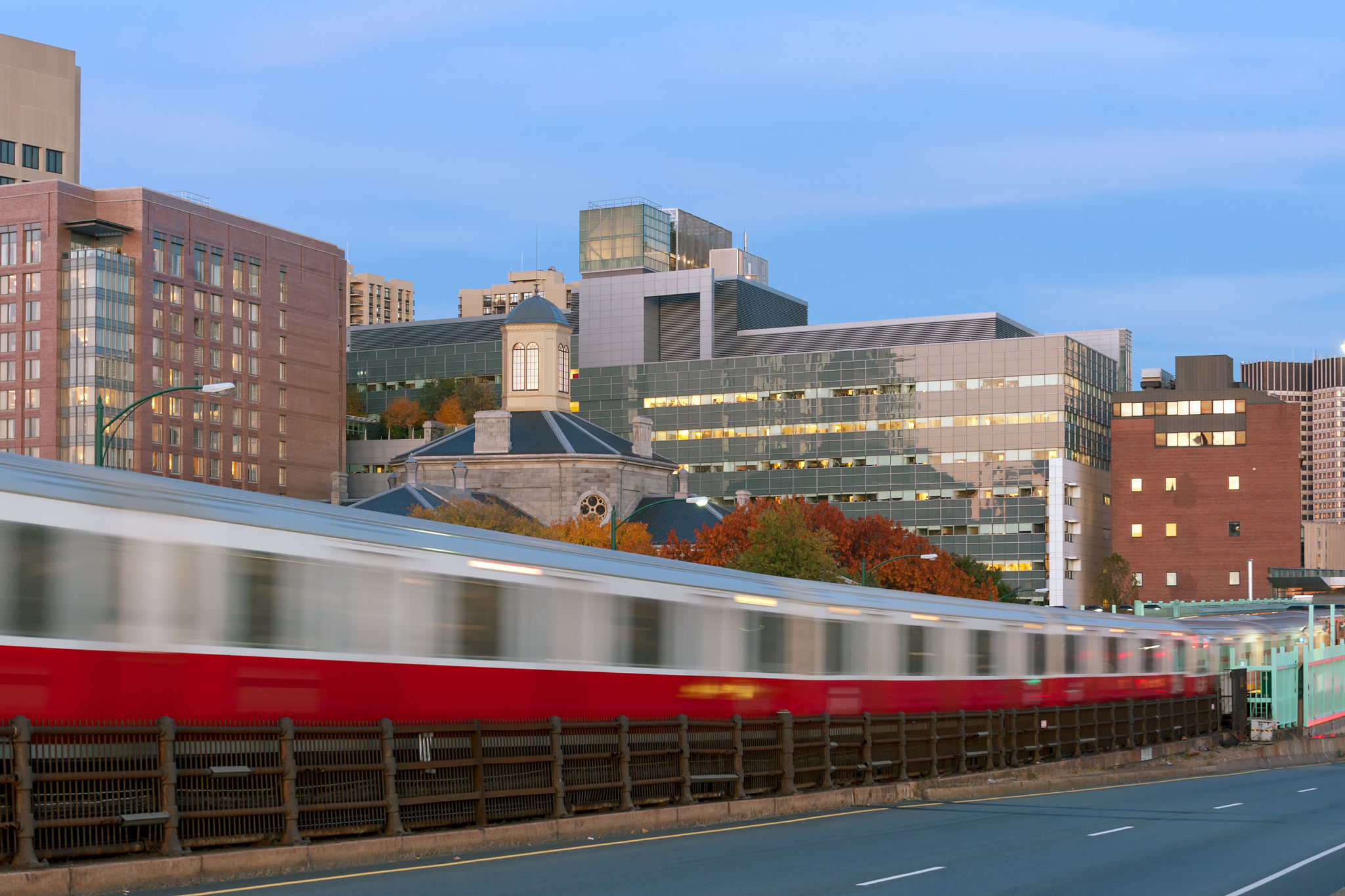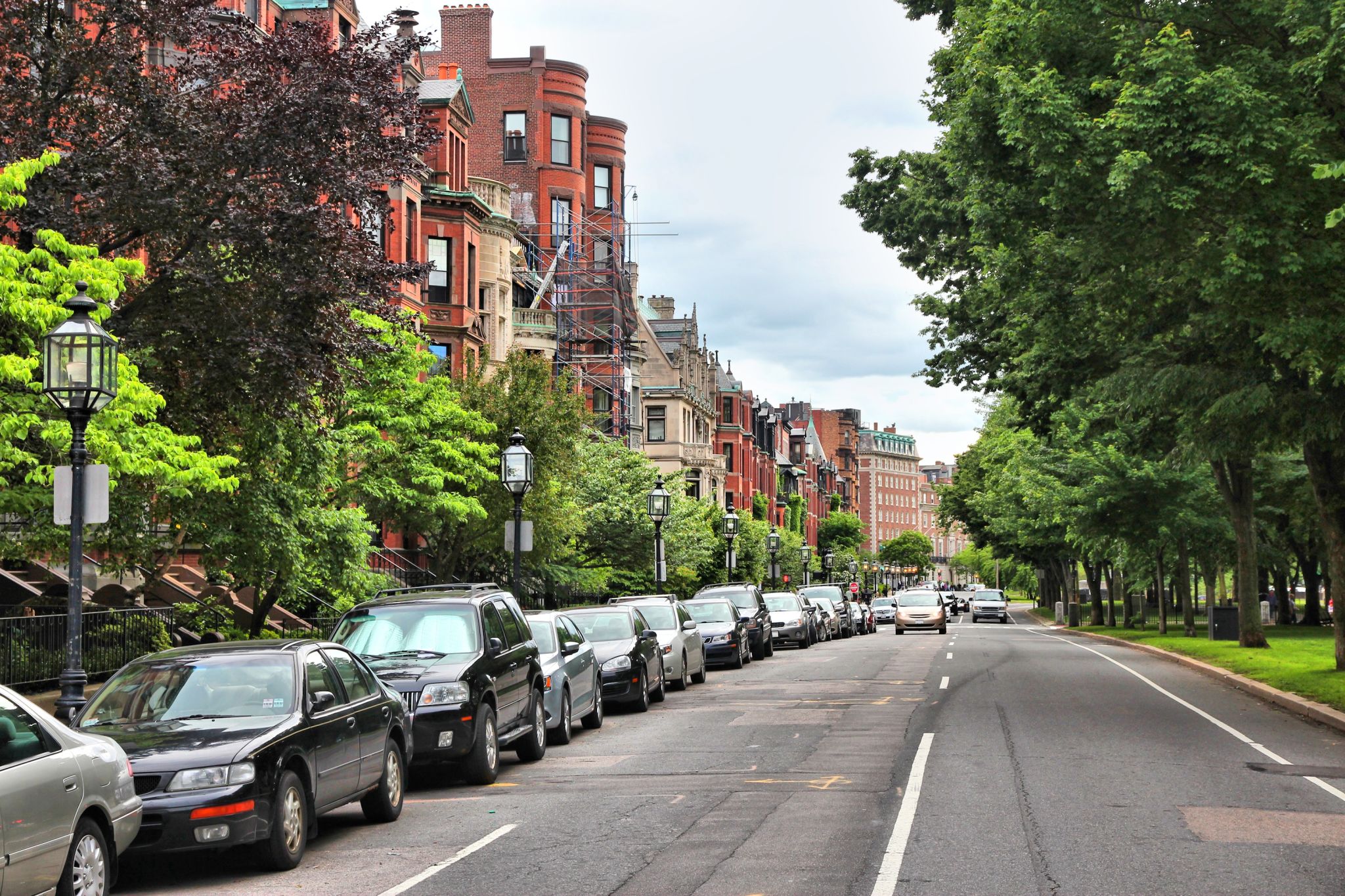How to Optimize Local Transport Operations for Boston's Unique Landscape
Understanding Boston's Unique Transport Landscape
Boston, with its historic charm and bustling urban environment, presents a unique set of challenges and opportunities for local transport operations. Unlike many modern cities, Boston's streets are a labyrinth of old colonial roads, which can make efficient transportation a complex puzzle. To optimize transport operations in this city, one must consider its distinct geographical and infrastructural features.

Leveraging Smart Technology for Traffic Management
One of the first steps in optimizing local transport is the integration of smart technology. Advanced traffic management systems can help monitor real-time traffic conditions and adjust signal timings accordingly. This not only alleviates congestion but also improves the flow of vehicles through the city’s narrow and winding streets.
Moreover, implementing GPS-based tracking for public transport can enhance route efficiency and reduce delays. Riders benefit from real-time updates on bus and train arrivals, which can significantly improve the user experience for commuters and tourists alike.
Enhancing Public Transport Infrastructure
Investing in public transport infrastructure is crucial for a city like Boston, where reducing car dependency can lead to significant improvements in traffic conditions. Expanding the subway system, increasing the frequency of buses, and maintaining reliable schedules can encourage more residents to opt for public transport over personal vehicles.

Creating dedicated bus lanes and optimizing routes to cover underserved areas can further enhance the efficiency and appeal of using public transport. These measures help reduce congestion and lower the carbon footprint of the city’s transport operations.
Promoting Sustainable Transportation Options
Sustainability is becoming an increasingly important factor in urban planning. For Boston, promoting sustainable transportation options such as cycling and walking can greatly benefit both the environment and public health. The city can expand its network of bike lanes and pedestrian pathways to encourage these eco-friendly modes of transport.
Implementing bike-sharing programs and providing incentives for electric vehicle use can also play a significant role in reducing emissions and promoting a greener cityscape. These initiatives align with Boston's commitment to sustainability and can significantly contribute to optimizing local transport operations.

Community Engagement and Awareness Programs
Engaging the community is essential for successful transport optimization. Citizens should be made aware of new initiatives and encouraged to participate in shaping the future of Boston's transport landscape. Public forums, surveys, and pilot programs can help gather valuable feedback and ensure that the implemented solutions meet the needs of the population.
Educational campaigns highlighting the benefits of using public transport, cycling, or walking can further encourage residents to adopt these modes of travel. By fostering a sense of community involvement, Boston can create a more inclusive and effective transportation network.
Utilizing Data-Driven Insights
Data analytics can provide critical insights into transport patterns and behaviors in Boston. By analyzing data from various sources such as traffic cameras, public transport usage statistics, and GPS devices, city planners can identify bottlenecks and inefficiencies in the current system.
- Implement targeted improvements in infrastructure.
- Develop strategic plans for future growth.
- Create contingency plans for unexpected disruptions.
This data-driven approach ensures that decisions are based on concrete evidence rather than assumptions, leading to more effective transport solutions.
Conclusion: A Collaborative Effort
Optimizing local transport operations in Boston requires a multifaceted approach that integrates technology, infrastructure improvements, sustainability initiatives, community engagement, and data analytics. By addressing these key areas, Boston can transform its unique landscape into a model of efficient and sustainable urban mobility. The journey toward a more efficient transport system is a collaborative effort that involves government agencies, private enterprises, and citizens working together towards a common goal.